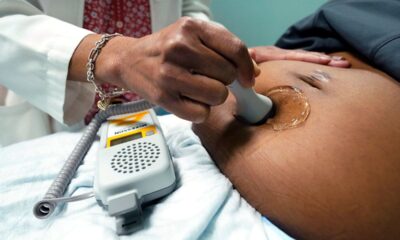Health
AI in dentistry: Researchers find that artificial intelligence can create better dental crowns
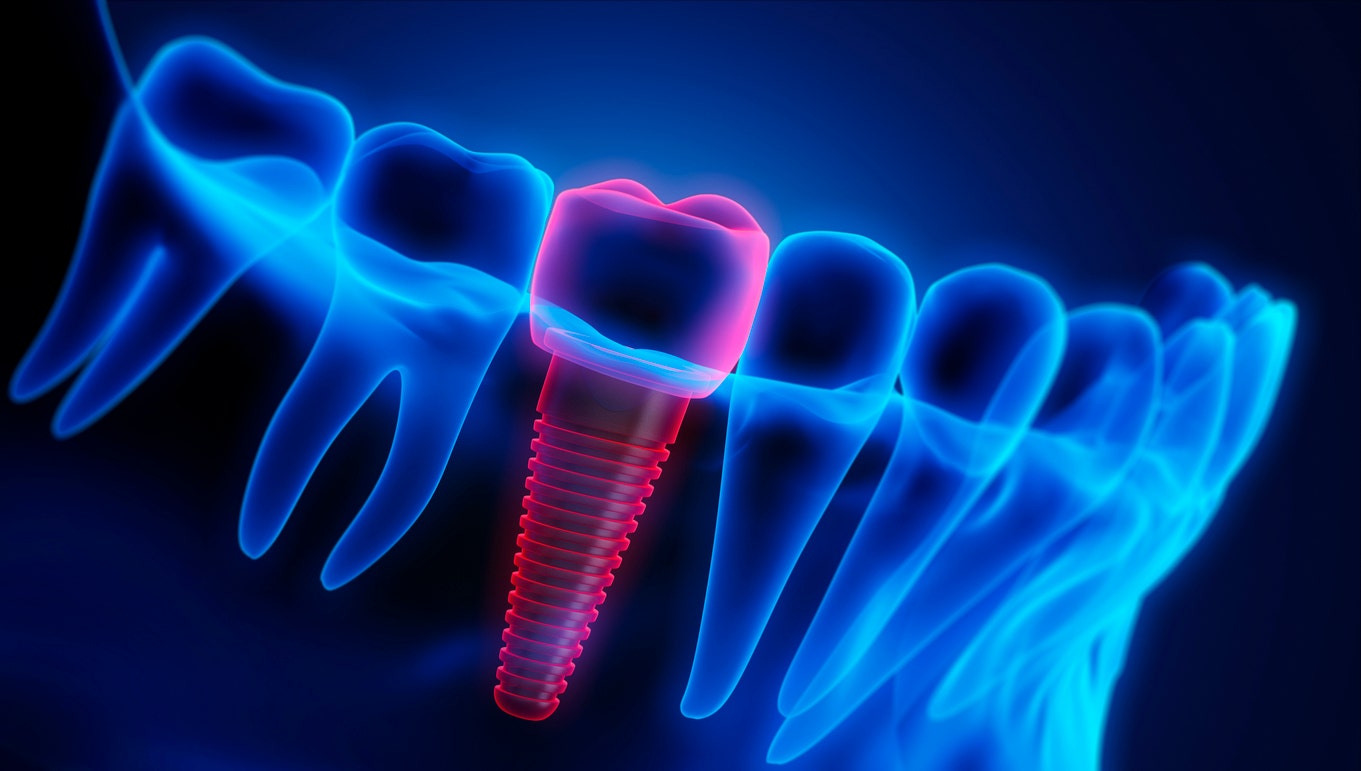
Artificial intelligence is taking on an ever-widening role in the health and wellness space, assisting with everything from cancer detection to medical documentation. Soon, AI could make it easier for dentists to give patients a more natural, functional smile.
Researchers from the University of Hong Kong recently developed an AI algorithm that uses 3D machine learning to design personalized dental crowns with a higher degree of accuracy than traditional methods, according to a press release from the university.
The AI analyzes data from the teeth adjacent to the crown to ensure a more natural, precise fit than the crowns created using today’s methods, the researchers said.
THESE ARE THE WORST DENTAL MISTAKES YOU CAN MAKE FOR YOUR TEETH
The results of the study were published in the journal Dental Materials.
A dental crown is a tooth-shaped cap that is placed over an existing tooth or implant to create the look of a natural tooth, according to the American Dental Association (ADA) website.
Researchers from the University of Hong Kong recently developed an AI algorithm that uses 3D machine learning (not shown) to design personalized dental crowns with a higher degree of accuracy than traditional methods. (iStock)
A crown is typically used to improve the appearance and function of a damaged, misshapen, weakened or discolored tooth, or to replace a missing tooth when used with an artificial implant.
Currently, most dental crowns are made using computer-assisted design (CAD) and computer-aided manufacturing (CAM) software.
While this process is a marked improvement over the traditional method of creating crowns, it still has limitations, the release stated.
NEW AI ‘CANCER CHATBOT’ PROVIDES PATIENTS AND FAMILIES WITH 24/7 SUPPORT: ‘EMPATHETIC APPROACH’
The software uses a “tooth library” that contains templates of crowns, but they still need to be manually adjusted to fit each individual patient’s needs.
“The two existing methods of designing dental crowns result in crowns that are either too large or too thin, and fall short of matching the same lifespan as natural teeth,” according to the press release.
In the Hong Kong study, the researchers used 3D machine learning technology to “teach” the AI algorithm over 600 cases of natural and healthy dental results, said Dr. Hao Ding, a co-investigator on the project, in the press release.
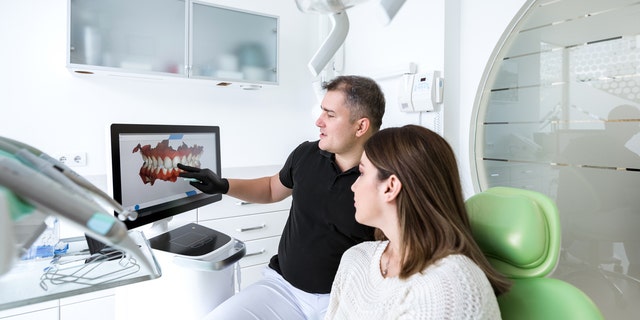
Currently, most dental crowns are created using computer-assisted design (CAD) and computer-aided manufacturing (CAM) software. (iStock)
“During the training process, natural teeth’s morphological features were learned by the algorithm, so that it can design dental crowns comparable to a natural tooth — both morphologically and functionally,” he added.
When the researchers compared the AI-designed crowns to the crowns that were created using CAD/CAM methods, the AI versions were found to be superior, both aesthetically and functionally.
AI TOOL GIVES DOCTORS PERSONALIZED ALZHEIMER’S TREATMENT PLANS FOR DEMENTIA PATIENTS
“This demonstrates that 3D-DCGAN (3D-Deep Convolutional Generative Adversarial Network) could be utilized to design personalized dental crowns with high accuracy that can not only mimic both the morphology and biomechanics of natural teeth, but also operate without any additional human fine-tuning, thus saving additional costs in the production process,” said principal investigator Dr. James Tsoi in the press release.
Clinical trials have already begun for using generative AI to create dental crowns.
“Many AI approaches design a ‘lookalike’ product, but I believe this is the first project that functionalizes data-driven AI into [a] real dental application,” he also said.
AI TOOL HELPS DOCTORS MAKE SENSE OF CHAOTIC PATIENT DATA AND IDENTIFY DISEASES: ‘MORE MEANINGFUL’ INTERACTION
Clinical trials have already begun for using generative AI to create dental crowns. The team hopes to leverage the technology to create dentures and bridges in the future.
Fox News Digital reached out to the research team for comment.
Weighing benefits, risks of AI for dental crowns
Tejas Patel, owner of Austin Cosmetic Dentistry in Texas, was not involved in the University of Hong Kong study but reviewed its findings.
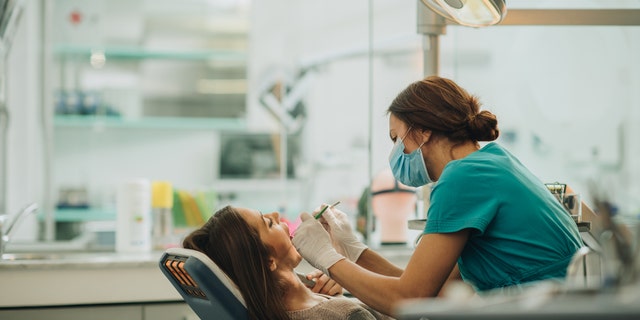
“Creating artificial teeth like dentures and crowns requires quite a bit of time for individual patients,” one dental professional (not pictured) told Fox News Digital. “This means a higher cost and more room for error.” (iStock)
“I have used CAM technology to produce crowns for patients in the past,” he told Fox News Digital. “Creating artificial teeth like dentures and crowns requires quite a bit of time for individual patients. This means a higher cost and more room for error.”
The idea of using generative AI to create “near-perfect” crowns could save time and money, Patel predicted.
“With the use of generative AI, these processes can more accurately create personalized crowns using previous data and mold them with enough precision to last almost as long as real teeth,” he said.
DENTISTS REVEAL WHY YOU SHOULDN’T BRUSH YOUR TEETH IN THE SHOWER
Additionally, using generative AI in dentistry could allow patients to better maintain their oral health just by taking photos of their teeth, Patel said.
“Dentists can easily upload patient images to diagnose any illnesses,” he said.
However, with the need to perform clinical trials, it could be quite some time before this technology is available in the U.S., Patel pointed out.
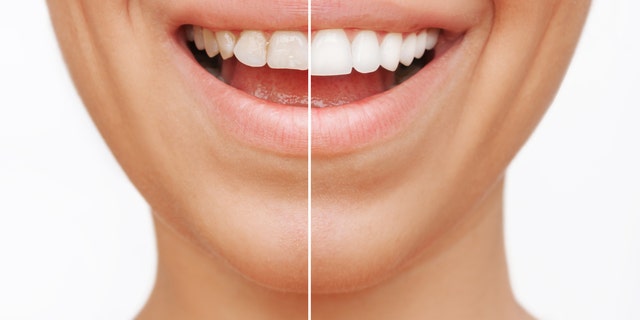
A dental crown is typically used to improve the appearance and function of a damaged, misshapen, weakened or discolored tooth — or to replace a missing tooth when used with an artificial implant. (iStock)
“Other researchers might pick it up sooner, but patients will only see the benefits by next year or a bit later,” he predicted.
Privacy risks could also be a concern, Patel warned.
Dental technician jobs might be lost.
“Generative AI uses a database of accumulated patient data, and this data could be breached if the necessary cybersecurity steps are not taken,” he said.
Another potential disadvantage of AI in dentistry is that dental technician jobs might be lost, noted Fatima Khan, dentist and co-founder at Riven Oral Care in Houston, Texas.
“Dental technicians who have perfected their craft and have a keen eye for aesthetics have higher lab fees,” explained Khan, who was not involved in the Hong Kong study.
“Over time, as more cases are entered into the dental library, they may become superior to those of an individual lab technician due to the amount of data being analyzed and perfected.”
CLICK HERE TO SIGN UP FOR OUR HEALTH NEWSLETTER
The other downfall, Khan noted, is that dentists and technicians will become more dependent on equipment, which could potentially malfunction.

Health
Introducing Our Product Reviews Team, and How We Review | Woman's World

Sign Up
Create a free account to access exclusive content, play games, solve puzzles, test your pop-culture knowledge and receive special offers.
Already have an account? Login
Forgot your password?
Get back to the Sign In
Use left and right arrow keys to navigate between menu items.
Use escape to exit the menu.
Health
What You Should Know About the Military Diet: Experts Weigh In | Woman's World

Sign Up
Create a free account to access exclusive content, play games, solve puzzles, test your pop-culture knowledge and receive special offers.
Already have an account? Login
Forgot your password?
Get back to the Sign In
Use left and right arrow keys to navigate between menu items.
Use escape to exit the menu.
Health
Could your car make you sick? Study highlights potentially cancerous toxins in vehicles
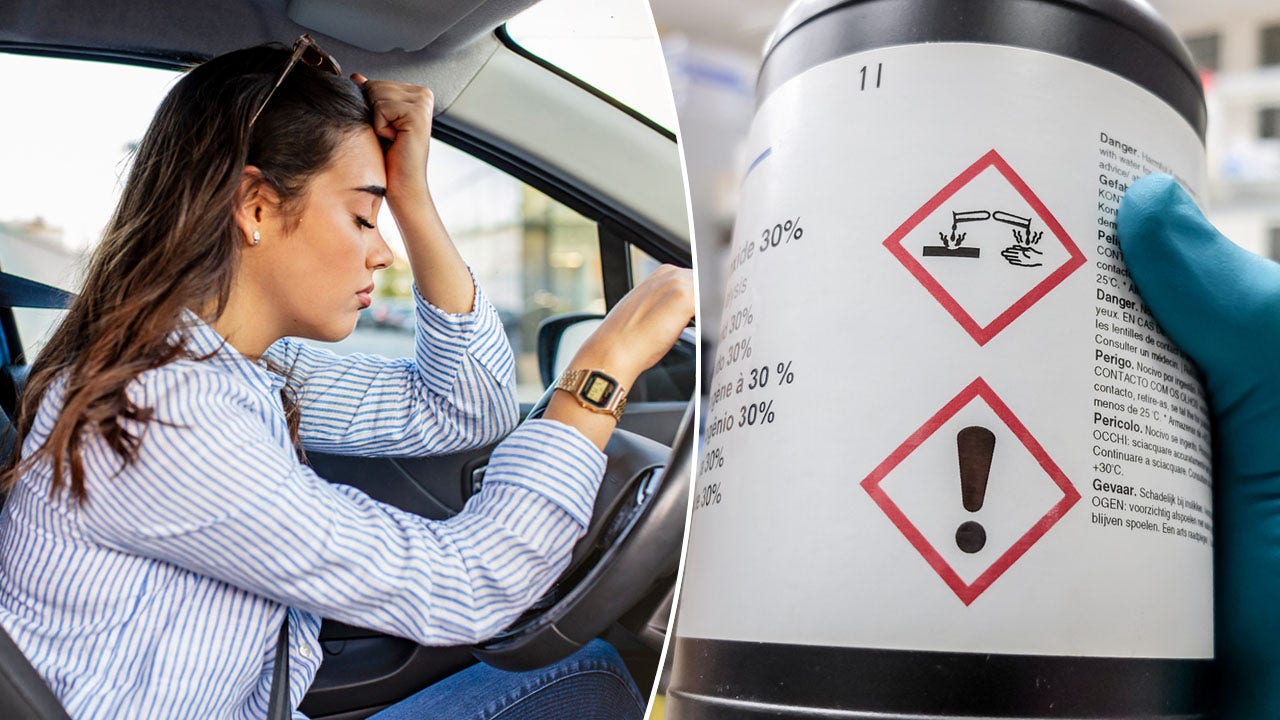
Americans may be breathing in cancer-causing chemicals while driving, recent research suggests.
A study published in the journal Environmental Science & Technology has sparked discussions about the potentially harmful toxins that could be lurking in the cabins of vehicles.
“Certainly the indoor air quality can cause health symptoms,” Dr. Ken Speath, M.D., the division chief and medical director for occupational and environmental medicine at Northwell Health on Long Island, New York, told Fox News Digital.
‘FOREVER CHEMICALS’ FOUND IN US DRINKING WATER, MAP SHOWS ‘HOT SPOTS’ OF HIGHEST LEVELS
It is important to be mindful of what you’re breathing in at home, at the office, at school and even in cars, according to Speath, who was not involved in the study.
“There can be situations where levels of harmful chemicals get high enough to potentially cause health harms,” he said.
Americans may be breathing in cancer-causing chemicals while they are driving, recent research suggests. A study published in the journal Environmental Science & Technology has sparked many discussions. (iStock)
“A car is a closed small space — so whatever is in the air is certainly going to be breathed in.”
Research reveals ‘harmful chemicals’
The peer-reviewed study looked at 101 owned vehicles in the U.S., model year 2015 or newer.
The researchers concluded that harmful flame-retardant chemicals — including those suspected of potentially causing cancer and some neurological issues — may be polluting the air inside vehicles.
DRIVING DANGERS: 9 TOP DISTRACTIONS THAT CONTRIBUTE TO ACCIDENTS, ACCORDING TO EXPERTS
“Flame retardant chemicals, which are intentionally added to vehicle interiors to meet flammability standards, are released into the cabin air from the materials to which they were applied,” lead author Rebecca Hoehn, a scientist at Duke University, told Fox News Digital.
“People in these vehicles may be exposed to these chemicals.”
Seat foam was the only material the researchers measured, Hoehn said, but other interior materials could also contain the chemicals.

The researchers concluded that harmful flame-retardant chemicals — including those suspected of potentially causing cancer and some neurological issues — may be polluting the air inside vehicles. (iStock)
“Considering the average driver spends about an hour in the car every day, this is a significant public health issue,” Hoehn warned.
“It’s particularly concerning for drivers with longer commutes, as well as child passengers, who breathe more air pound for pound than adults.”
The chemicals detected in the car cabins included a flame retardant called tris (1-chloro-isopropyl) phosphate (TCIPP), which is currently being investigated as a potential carcinogen by the U.S. National Toxicology Program.
“Considering the average driver spends about an hour in the car every day, this is a significant public health issue.”
Other flame retardants — tris (1, 3-dichloro-2-propyl) phosphate (TDCIPP) and tris (2-chloroethyl) phosphate (TCEP) — were also detected.
These are “two Californian Proposition 65 carcinogens linked to neurological and reproductive harms,” according to a press release.
Higher concentrations of the flame retardants were found during warmer weather.
“We found that the same cars, sampled in both winter and summer, had higher concentrations of flame retardants in the cabin air during the warm summer months,” Hoehn told Fox News Digital.

Flame retardants are added to vehicles to meet the National Highway Traffic Safety Administration Federal Motor Vehicle Safety Standard, which mandated their use in the 1970s. (iStock)
Flame retardants are added to vehicles to meet the National Highway Traffic Safety Administration Federal Motor Vehicle Safety Standard (FMVSS 302), which mandated their use in the 1970s, the release stated.
Flame retardants have been the “focus of concern for some time,” Speath told Fox News Digital.
More information is needed to determine the health risks these chemicals pose in humans, he said.
THESE MEDICATIONS COULD MAKE DRIVING DANGEROUS, THE FDA WARNS
“A number of these have been demonstrated in studies to have health harms in animals,” he said.
“That doesn’t necessarily mean that would be true for humans, but it raises that possibility, so we need to study these chemicals more in relation to their effects on humans.”

Higher concentrations of the flame retardants were found during warmer weather, the researchers said. (iStock)
Emanuela Taioli, M.D., PhD, the director of the Institute for Translational Epidemiology at Icahn School of Medicine at Mount Sinai in New York City, was also not part of the study, but shared her reactions.
“This is a very relevant finding, since it may prompt changes in cars’ upholstery, as well as in other parts of the car where there is foam,” she told Fox News Digital via email.
“We also want to know more about this finding and monitor whether it is replicated by other investigators.”
Other sources of toxins
Stephen Showalter, a home inspector and indoor environmental air consultant with Showalter Property Consultants in Maryland, said he typically interviews clients about their history of illness, then tests for potential sources of sickness in buildings, cars, RVs and boats.
Mold is a common culprit when it comes to health issues triggered by one’s environment, he said in an interview with Fox News Digital.
TOXIC CHEMICAL POISONING: HAVE YOU BEEN AFFECTED? HOW TO KNOW
Dr. Daniel Johns, a member of the International Society of Environmentally Acquired Illnesses and a chiropractor who practices in Annapolis, Maryland, echoed Showalter’s concerns about mold-related health issues.
Johns also cautioned that cars can be a daily source of mold exposure.
“Any water that leaks from a window, sunroof or convertible can get into the carpet and cause mold growth,” he said during an interview with Fox News Digital.
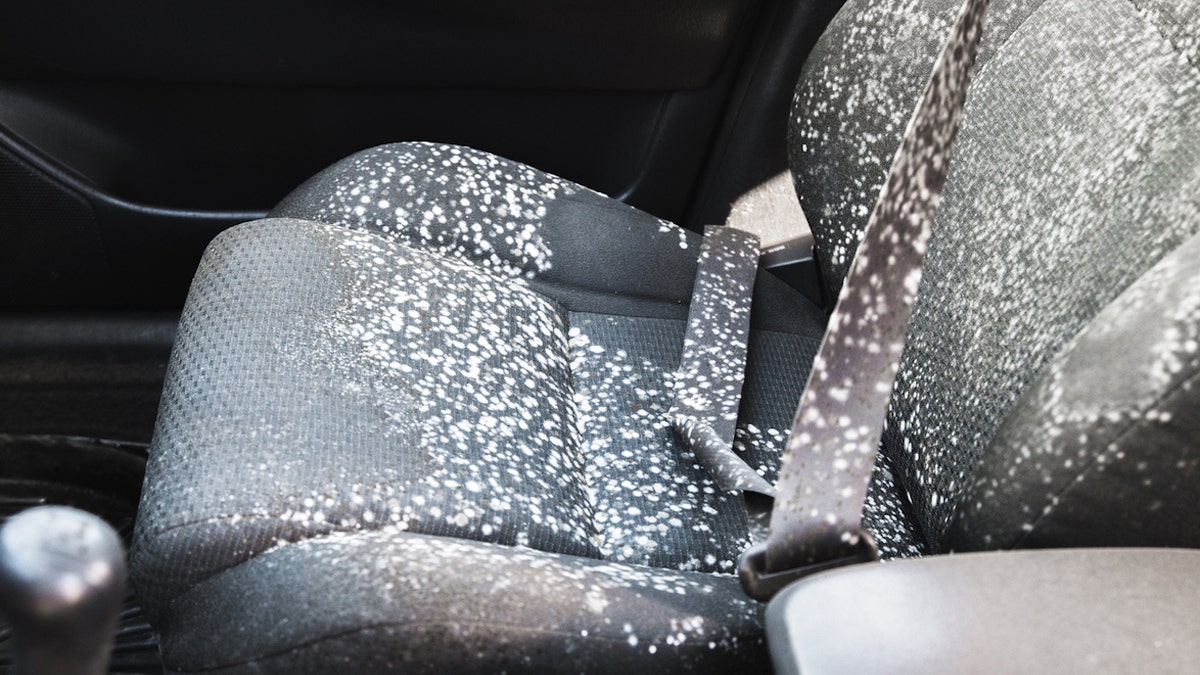
Mold is a common culprit when it comes to health issues triggered by one’s environment, according to an environmental expert. (iStock)
“Mold can start growing on a wet surface within 24 to 48 hours.”
For families with small children, spilled sippy cups could play a role when it comes to mold in cars, Johns warned.
“The water seeps into the upholstery and doesn’t get noticed or properly dried out, and the whole seat can become moldy,” he said.
“Mold can start growing on a wet surface within 24 to 48 hours.”
“Every time you sit on the seat, it releases a mold spore cloud into the car. Once that happens, you can’t clean it away. The upholstery must be removed and replaced.”
The impact of these potentially harmful pollutants can vary from one person to the next, experts told Fox News Digital.

For families with small children, spilled sippy cups could play a role when it comes to mold in cars, an expert warned. (Kids and Car Safety)
People metabolize chemicals and toxins in different ways, according to Taioli.
“Metabolism happens through enzymes that the body produces,” he said.
“Each of us has a different genetic profile that defines our metabolic capacity. As a consequence, the same amount of toxin may be metabolized better/faster by some, and worse/slower by others.”
Tips for ensuring safe interiors
While further research on car-borne chemicals is needed, experts say people can take measures to limit exposure.
“People may be able to reduce their exposure by ventilating their cars,” Hoehn advised.
“For example, rolling down the windows to let out contaminated air, or pulling in fresh air with climate control systems, should reduce concentrations.
“Ultimately, reducing the amount of flame retardants added to vehicles in the first place would provide the greatest reduction in exposure risk.”
Controlling your vehicle’s cabin temperature may also reduce exposure, she added.
“Parking in a garage or shade instead of full sun may reduce the cabin temperature and limit the extent of flame retardant release,” Hoehn said.
The researchers also called for action from regulatory agencies and vehicle manufacturers.
CLICK HERE TO SIGN UP FOR OUR HEALTH NEWSLETTER
“Ultimately, reducing the amount of flame retardants added to vehicles in the first place would provide the greatest reduction in exposure risk,” Hoehn noted.
“If flammability standards for vehicles could be revised to meet fire safety guidelines without the use of added flame retardants, risk of flame retardant exposure from personal vehicles could be greatly reduced.”

To prevent mold in a vehicle, experts recommend keeping your windows up when it rains or snows to prevent water from permeating the carpet or fabric. (iStock)
Having your car’s air quality and surfaces tested is one way to reduce the risk of exposure to allergens, toxins and chemicals, experts told Fox News Digital.
To prevent mold in a vehicle, Showalter recommends keeping your windows up when it rains or snows to prevent water from permeating the carpet or fabric.
He also cautioned about leaky air conditioners, which can foster mold growth in vehicles, and about leaving wet items in the car.
Lastly, before buying a used car, he said it is important to check the vehicle’s history to make sure it doesn’t have flood damage, which can lead to mold and other issues.
If you think you are experiencing illness due to chemical exposure in your car, home or office, it’s best to see a health care professional to discuss your symptoms.
Fox News Digital reached out to several major car companies for comment.
For more Health articles, visit www.foxnews.com/health.
-

 Education1 week ago
Education1 week agoVideo: Police Use Pepper Spray on Protesters on G.W.U.’s Campus
-

 Politics1 week ago
Politics1 week agoOhio AG defends letter warning 'woke' masked anti-Israel protesters they face prison time: 'We have a society'
-

 Finance1 week ago
Finance1 week agoSpring Finance Forum 2024: CRE Financiers Eye Signs of Recovery
-

 Politics1 week ago
Politics1 week agoBiden’s decision to pull Israel weapons shipment kept quiet until after Holocaust remembrance address: report
-

 World7 days ago
World7 days agoIndia Lok Sabha election 2024 Phase 4: Who votes and what’s at stake?
-

 News1 week ago
News1 week agoThe Major Supreme Court Cases of 2024
-

 News1 week ago
News1 week agoTornadoes tear through the southeastern U.S. as storms leave 3 dead
-

 World1 week ago
World1 week agoA look at Chinese investment within Hungary




